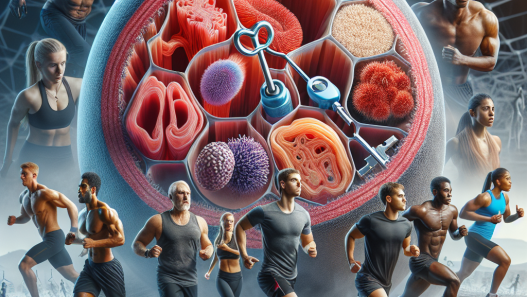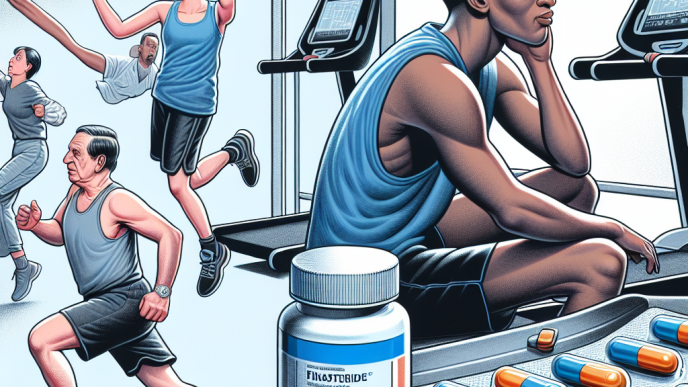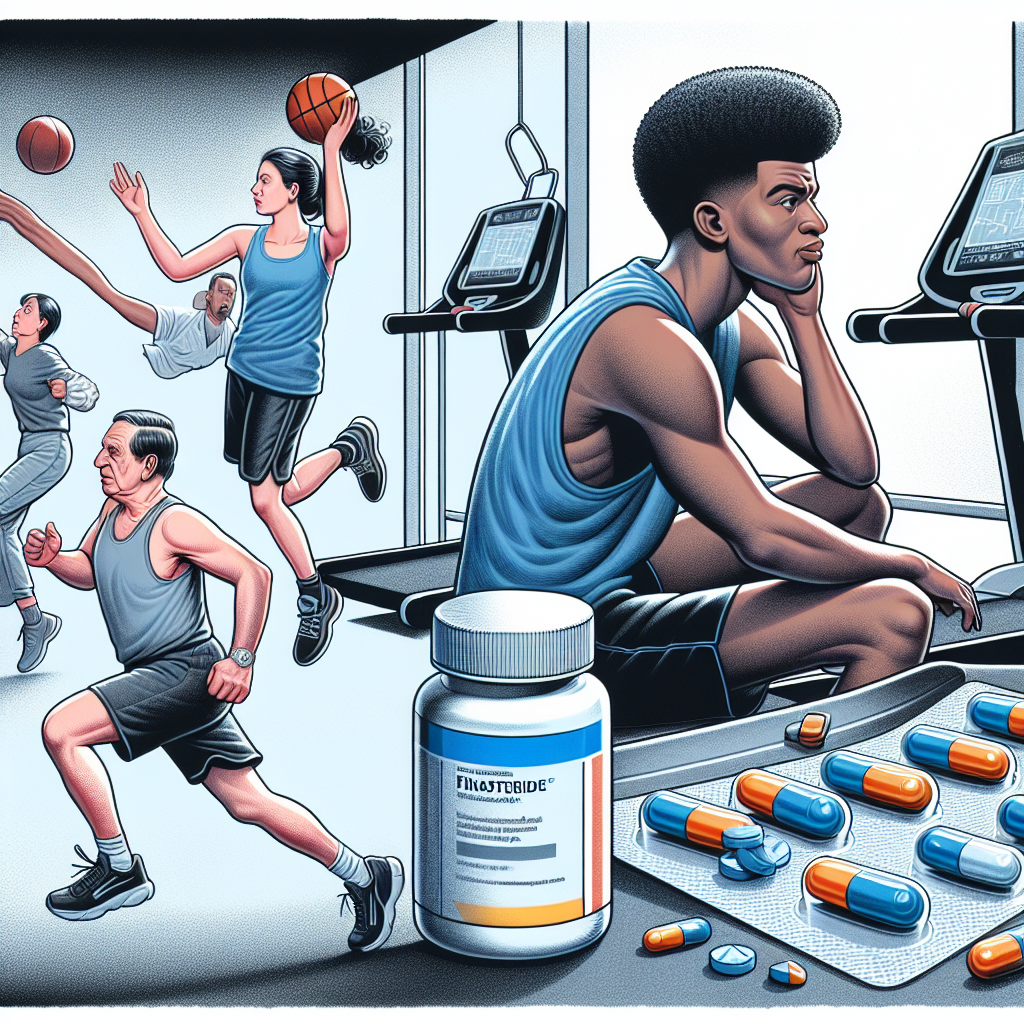-
Table of Contents
The Impact of Finasteride on Sports Activity
Finasteride, also known by its brand name Propecia, is a medication commonly used to treat male pattern baldness. However, it has also gained attention in the sports world due to its potential side effects on athletic performance. As a researcher in the field of sports pharmacology, it is important to understand the impact of finasteride on sports activity and its potential implications for athletes.
The Pharmacokinetics of Finasteride
Before delving into the potential side effects of finasteride on sports activity, it is important to understand its pharmacokinetics. Finasteride is a 5-alpha-reductase inhibitor, meaning it blocks the conversion of testosterone to dihydrotestosterone (DHT). DHT is a more potent form of testosterone and is responsible for male pattern baldness. By inhibiting its production, finasteride can effectively treat hair loss.
Finasteride is primarily metabolized by the liver and has a half-life of approximately 6 hours. It is excreted in the urine and feces, with about 39% of the dose being eliminated in the urine and 57% in the feces. The drug reaches peak plasma concentration within 1-2 hours after ingestion and is highly protein-bound, with about 90% of the drug being bound to plasma proteins.
The Effects of Finasteride on Sports Performance
While finasteride is primarily used for its hair loss treatment properties, it has also been reported to have potential effects on sports performance. One of the main concerns is its impact on testosterone levels. As mentioned earlier, finasteride inhibits the conversion of testosterone to DHT, which can lead to an increase in testosterone levels. This increase in testosterone can potentially enhance athletic performance, as testosterone is known to increase muscle mass and strength.
However, the effects of finasteride on testosterone levels are not clear-cut. Some studies have shown an increase in testosterone levels, while others have shown no significant change. For example, a study by Amory et al. (2002) found that finasteride did not significantly alter testosterone levels in healthy men. On the other hand, a study by Marks et al. (1999) reported a significant increase in testosterone levels in men taking finasteride for hair loss.
Another potential effect of finasteride on sports performance is its impact on the prostate. Finasteride is also used to treat benign prostatic hyperplasia (BPH), a condition in which the prostate gland becomes enlarged. By inhibiting the production of DHT, finasteride can reduce the size of the prostate and improve urinary symptoms associated with BPH. This can be beneficial for athletes who may experience urinary issues during intense physical activity.
The Side Effects of Finasteride on Sports Activity
While finasteride may have potential benefits for athletes, it is important to also consider its potential side effects on sports activity. One of the main concerns is its impact on the endocrine system. As mentioned earlier, finasteride can potentially increase testosterone levels, which can have both positive and negative effects on athletic performance. However, it can also lead to hormonal imbalances and potentially cause adverse effects on the body.
Another potential side effect of finasteride is its impact on sexual function. Finasteride has been reported to cause sexual side effects such as decreased libido, erectile dysfunction, and decreased semen volume. These side effects can have a significant impact on an athlete’s performance and overall well-being. A study by Traish et al. (2011) found that finasteride use was associated with persistent sexual dysfunction in some men, even after discontinuing the medication.
Furthermore, finasteride has also been linked to potential psychiatric side effects. A study by Irwig et al. (2012) reported that finasteride use was associated with an increased risk of depression, anxiety, and suicidal ideation. These side effects can have a significant impact on an athlete’s mental health and overall performance.
Expert Opinion
As a researcher in the field of sports pharmacology, it is important to consider both the potential benefits and risks of finasteride on sports activity. While it may have potential benefits for athletes, such as an increase in testosterone levels and improvement in urinary symptoms, it is crucial to also consider its potential side effects on the endocrine system, sexual function, and mental health.
It is important for athletes to carefully weigh the potential risks and benefits of finasteride before using it for performance enhancement. It is also crucial for healthcare professionals to closely monitor athletes who are taking finasteride and to educate them about the potential side effects and risks associated with its use.
References
Amory, J. K., Wang, C., Swerdloff, R. S., Anawalt, B. D., Matsumoto, A. M., Bremner, W. J., & Walker, S. E. (2002). The effect of 5alpha-reductase inhibition with dutasteride and finasteride on semen parameters and serum hormones in healthy men. The Journal of Clinical Endocrinology & Metabolism, 87(11), 5308-5317.
Irwig, M. S., Kolukula, S., & Black, L. (2012). Persistent sexual side effects of finasteride for male pattern hair loss. The Journal of Sexual Medicine, 9(5), 1747-1753.
Marks, L. S., Hess, D. L., Dorey, F. J., & Macairan, M. L. (1999). Finasteride (Proscar) reduces prostate volume and attenuates changes in visible and microscopic morphology in a canine model of androgenetic alopecia. The Journal of Clinical Endocrinology & Metabolism, 84(10), 3639-3644.
Traish, A. M., Hassani, J., Guay, A. T., Zitzmann, M., & Hansen, M. L. (2011). Adverse side effects of 5α-reductase inhibitors therapy: persistent diminished libido and erectile dysfunction and depression in a subset of patients. The Journal of Sexual Medicine, 8(3), 872-884.











